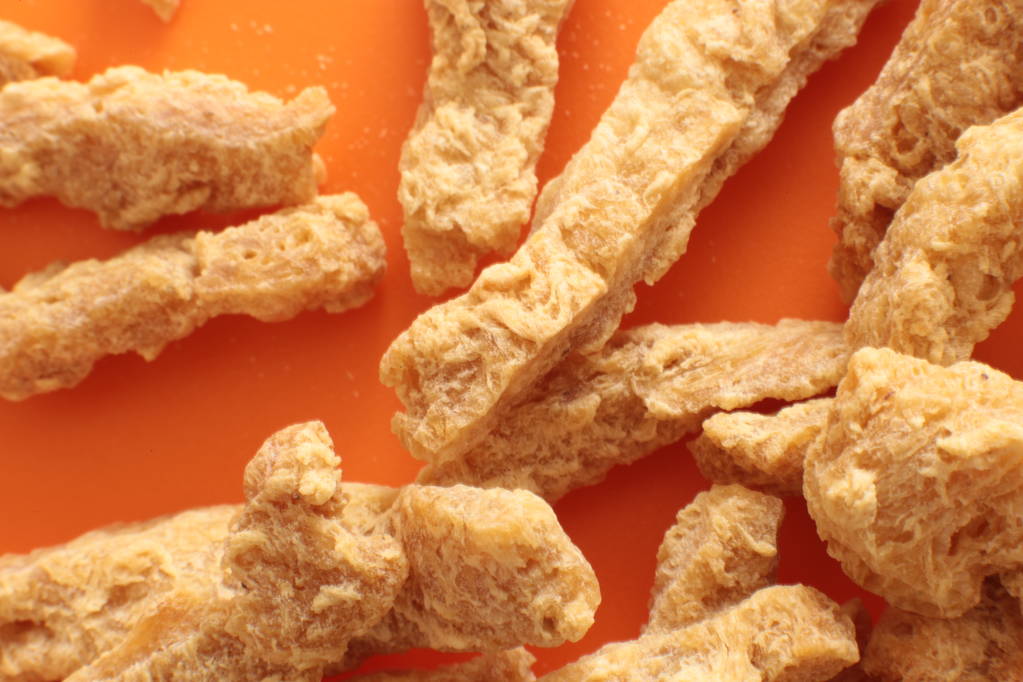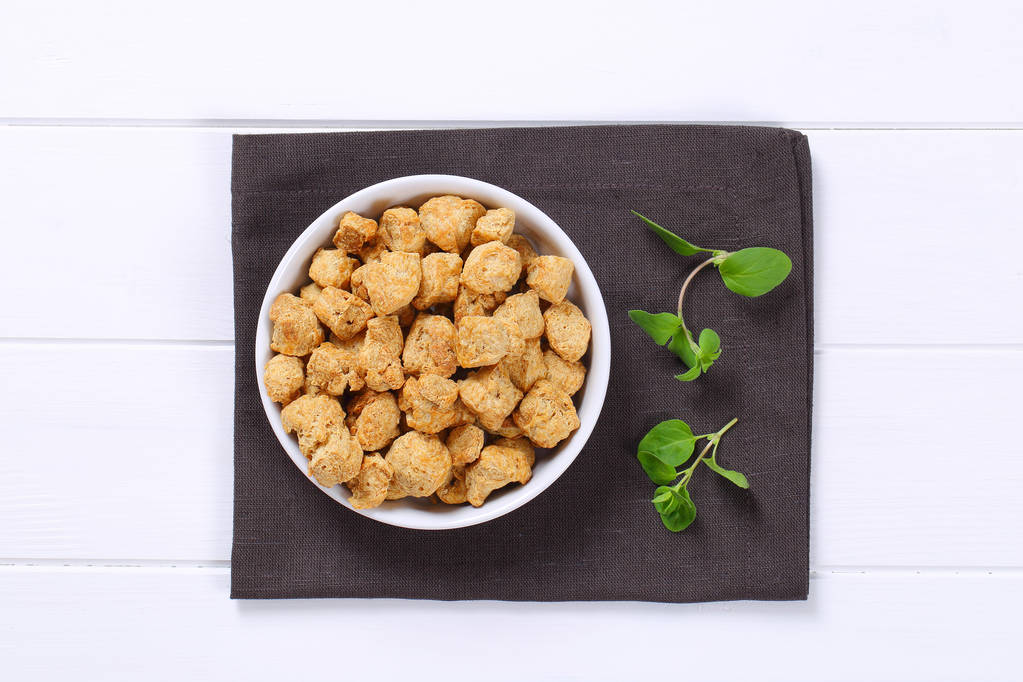Introduction to Chimwanga: A Traditional Fried Beef Dish
Chimwanga is a traditional dish that originates from the Eastern part of Africa. It is a popular snack that is enjoyed by many in the region, especially in Tanzania, Kenya, and Uganda. The dish is made by frying thin strips of beef in oil, which are then seasoned with spices such as salt, cumin, and chili powder. The result is a tasty and crispy snack that is perfect for any occasion.
Chimwanga is often sold in local markets and street food stalls, where it is served hot and fresh. It is a popular snack for people on the go, as it is easy to eat and very filling. The dish has become so popular that many restaurants and fast-food chains now include it on their menus. Chimwanga is a must-try for anyone visiting the Eastern part of Africa, as it is a delicious and unique culinary experience.
Ingredients and Preparation of Chimwanga
To make Chimwanga, you will need thin strips of beef, oil for frying, and a selection of spices. The most common spices used in the dish are salt, cumin, and chili powder, but other spices can be added to suit your taste. To prepare the dish, you will need to heat the oil in a pan until it is hot, then add the beef strips and fry until they are crispy and golden brown. Once the beef strips are cooked, they are removed from the pan and seasoned with the spices.
Chimwanga can be served on its own as a snack or as a side dish with other meals. It is a great accompaniment to rice or potatoes, and it can also be used as a topping for salads or sandwiches. The dish is very versatile and can be adapted to suit different tastes and preferences.
Nutritional Value and Health Benefits of Chimwanga
Chimwanga is a high-protein snack that is rich in nutrients and has many health benefits. Beef is an excellent source of protein, which is essential for building and repairing muscles. It is also a good source of iron, which is important for maintaining healthy blood cells. The spices used in Chimwanga, such as cumin and chili powder, are also beneficial for health. Cumin has been shown to aid digestion and reduce inflammation, while chili powder is rich in antioxidants and can help boost the immune system.
However, it is important to note that Chimwanga is a fried dish and therefore high in fat and calories. It should be consumed in moderation as part of a balanced diet. To reduce the fat content of the dish, lean cuts of beef can be used, and the beef strips can be grilled or baked instead of fried. Overall, Chimwanga is a delicious and nutritious snack that can be enjoyed as part of a healthy lifestyle.




